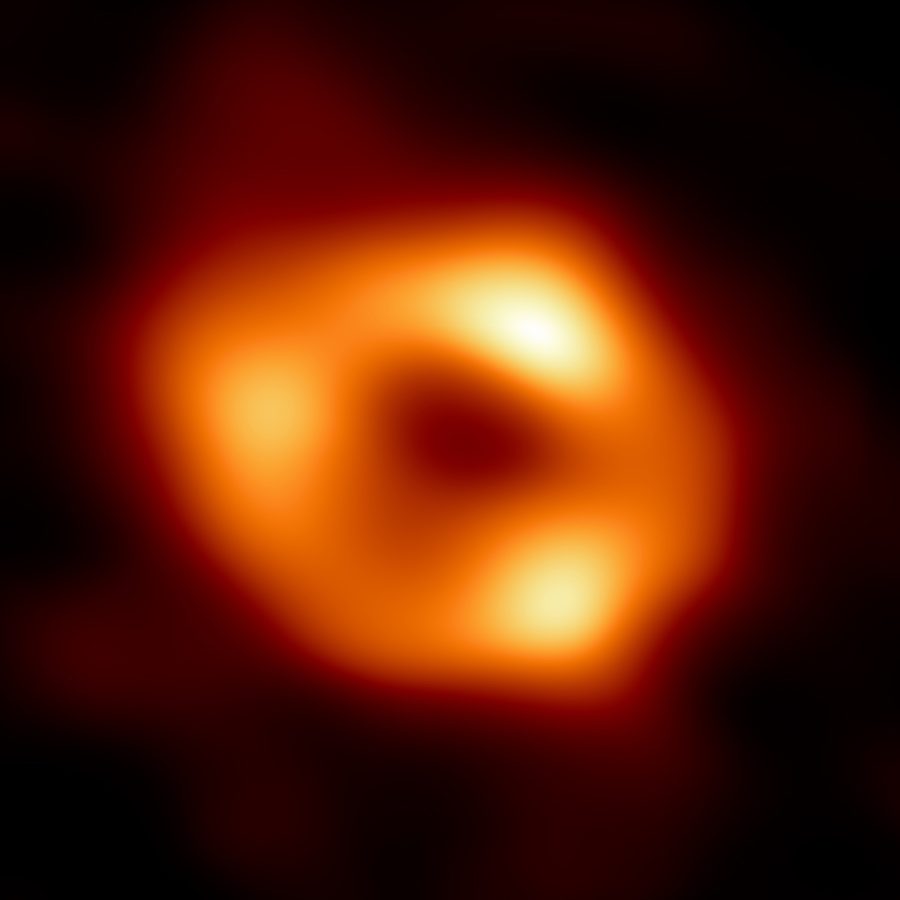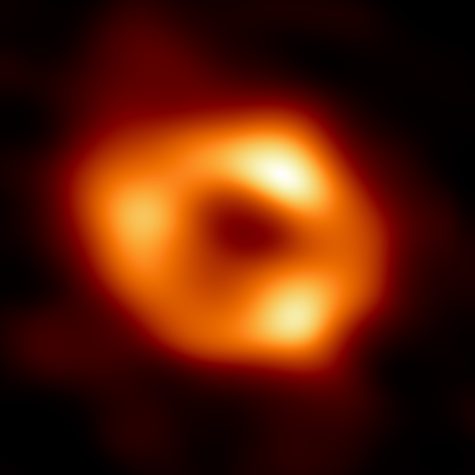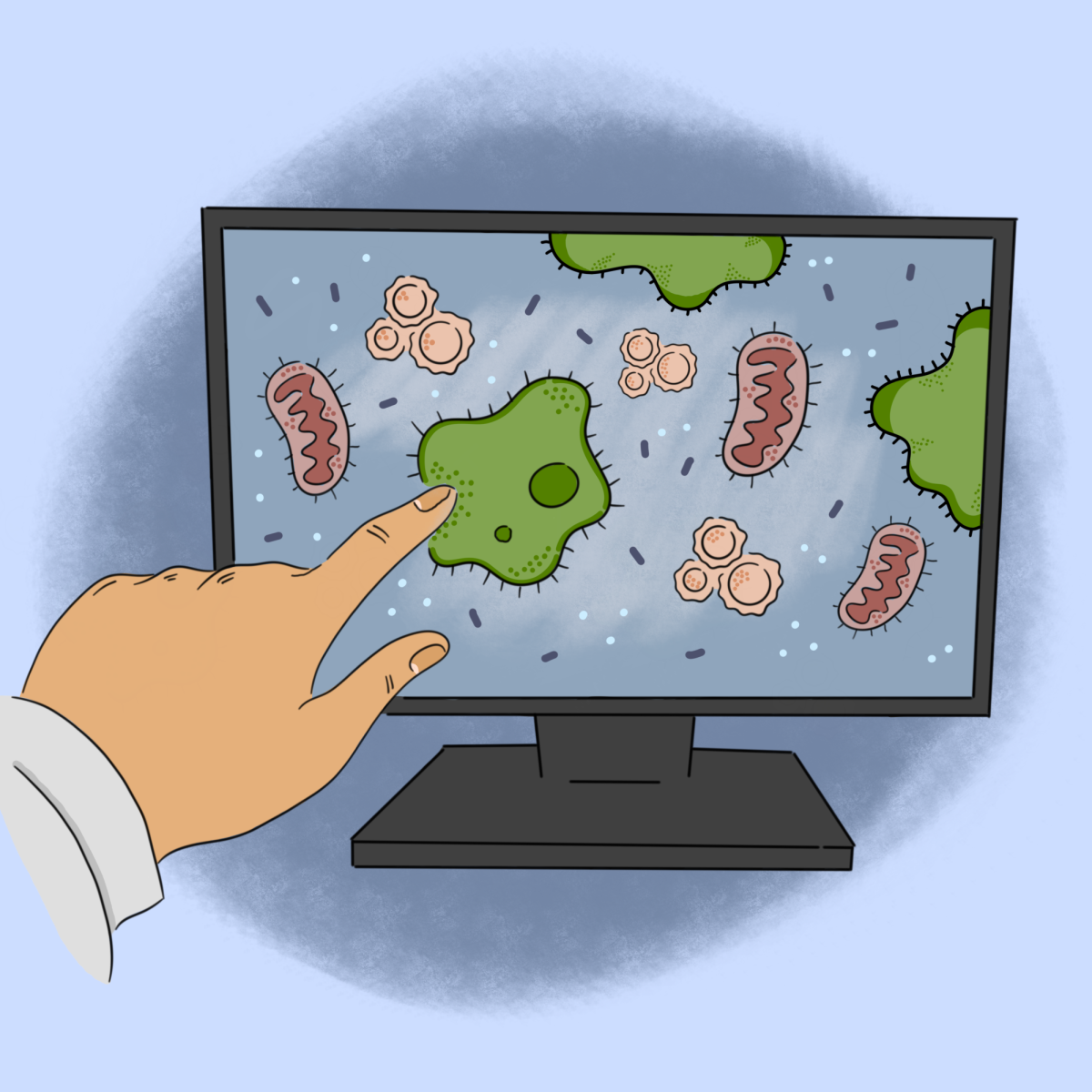UT researchers found evidence of the most distant supermassive black hole to date, revealing new insights into how black holes form.
Discovered by the Cosmic Evolution Early Release Science Survey, new evidence points to the existence of a supermassive black hole at the center of the CEERS 1019 galaxy, existing over 570 million years after the Big Bang.
“A black hole is just a very massive object that is compressed into a very small space,” postdoctoral researcher Gene Leung said. “When a very massive star dies, it will collapse, and there’s nothing that could stop it so all the mass gets compressed … it’s called a black hole because it gets compressed to such a high density that its gravitational force near its vicinity will become so high that light cannot escape from it.”
Leung said the recently discovered black hole’s size and age make it notable. Scientists use a measurement called “redshift” that measures infrared light to determine the relationship between distance and time. The farther away an object is from an observation point, the faster it is moving away.
“A classic example is the siren of an ambulance, when it’s moving toward you, its pitch gets sharper, and then when it’s moving away from you, its pitch gets lower,” Leung said. “The same happens with light. When an object is moving away from you, it gets redder, and how red it is will depend on how fast it’s moving away from us.”
This black hole has a redshift of 8.7, considered to be a “very large distance away and a very long time ago,” Leung said. However, the black hole is smaller than others that formed at around the same time.
“This is not a baby black hole, it’s almost nine million times our sun, but it’s smaller than some of the ones we see today,” postdoctoral researcher Micaela Bagley said. “We are seeing it in an earlier stage of formation and that can tell us a lot about how these (black holes) start to form and grow into these massive things we see today.”
Cutting-edge technology, such as the James Webb Space Telescope, aided the discovery of this black hole, Bagley said. The telescope’s sensitivity made it possible for scientists to observe the black hole and its surrounding gasses.
“This telescope is just completely amazing,” Bagley said. “It’s so sensitive, it makes it possible to detect things that are very, very faint because this mirror is so wide, it’s collecting so much light, it also has very high angular resolution, so we can start to look at things in very tiny details.”
In the future, Bagley said researchers want to examine redder wavelengths to learn more about how black holes are powered.
“We’ve only looked in the near infrared, and we want to go push to even longer and longer wavelengths to see what we can understand about the stars and the black holes,” Bagley said. “As a whole, the (Cosmic Evolution Early Release Science) team is really interested in trying to find other black holes like this one … only once we have enough of them can we really start to understand statistically what’s going on in the early universe.”
















